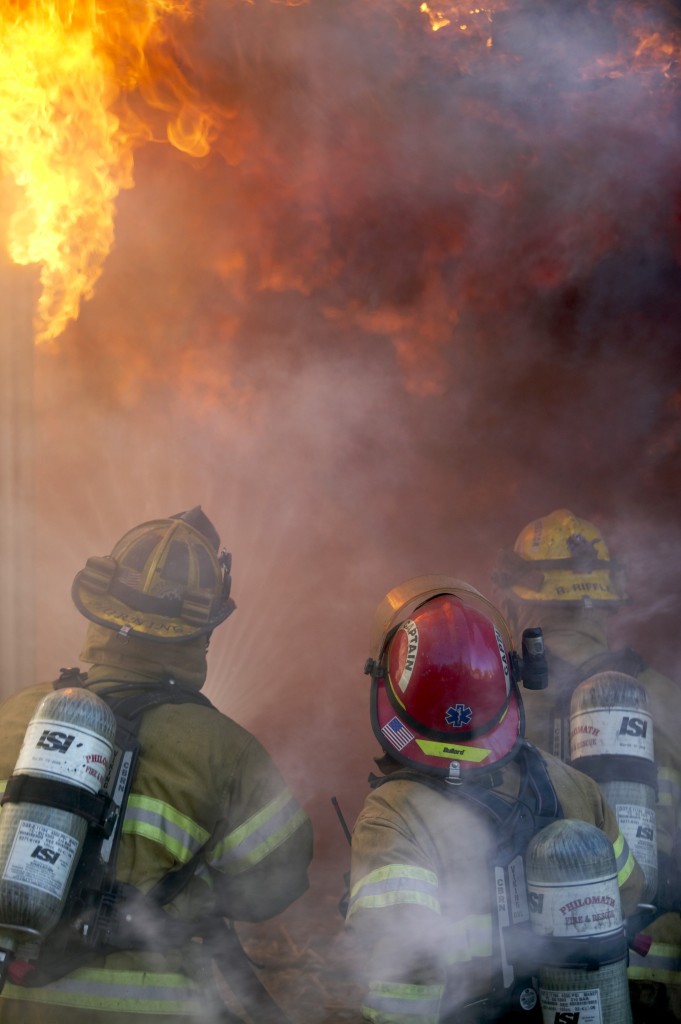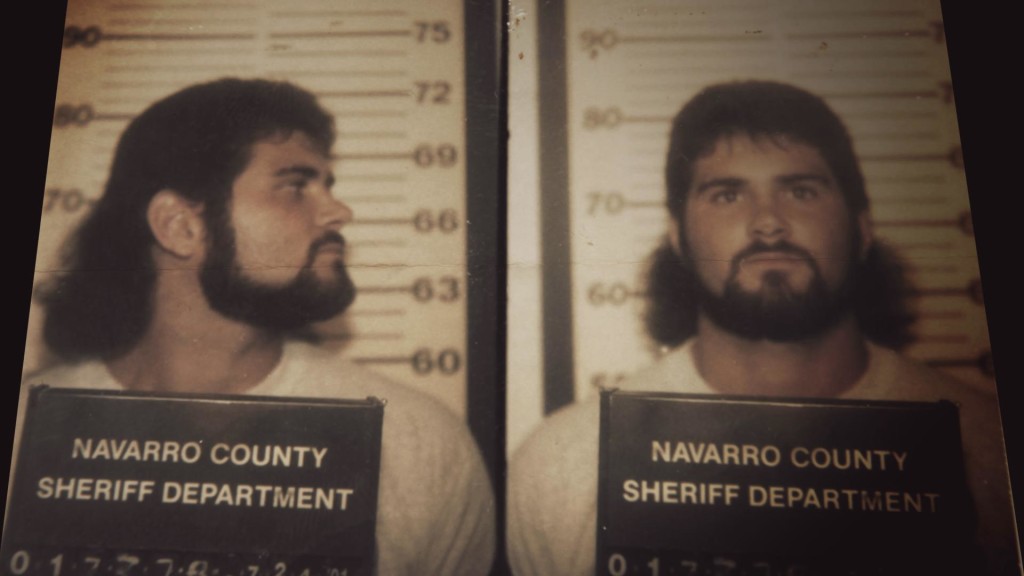New Fire Science Helps Overturn Michigan Man’s Murder Conviction

June 8, 2012
Share
Almost three decades ago, David Lee Gavitt was convicted of starting the fire that killed his wife and two children. He was sentenced to life in prison.
This week, Gavitt, now 54, was set free based on new scientific evidence proving that the fire was accidental.
Gavitt’s is the most recent case that highlights a shift in thinking about what causes a fire — and how what once seemed like telltale signs of arson can actually be the opposite. Last week, a Chicago-area man was released after prosecutors dismissed arson-murder charges against him stemming from a 1984 fire. And Ernest Ray Willis of Texas was exonerated in 2004 after spending almost 20 years on death row, based in part on evidence presented by renown fire scientist Gerald Hurst.
Gavitt’s case involves both a crucial error in forensic science and the debunking of myths that have been part of arson investigation for decades: A lab erroneously concluded that a carpet sample contained evidence of gasoline, and investigators assumed that a fire that burned quickly as the one in the Gavitt household must have been intentionally set. We now know that because of a scientific phenomena called “flashover,” a fire can burn hot and fast without being set on purpose — and can leave patterns on a surface that can be mistaken as pour patterns.
“In light of modern fire science, there is simply not one shred of credible evidence that the fire at the Gavitt residence was intentionally set,” wrote John Lentini, an expert in fire science, in an affidavit presented to a judge last fall by the Innocence Clinic at the University of Michigan Law School, who worked extensively on Gavitt’s case.
Lentini and Hearst are two of the key scientists who helped change the long-held assumptions about how fires burn by starting and studying their own. “The fire investigation community largely consists of people who are firemen. They’re not scientists. They don’t have any formal scientific training,” Lentini told FRONTLINE. “Extinguishing a fire and investigating a fire involve two different skill sets and two different mindsets.”
Both men have voiced their expert opinions on questionable arson cases in the past, most notably that of Cameron Todd Willingham. Featured in our 2010 film Death By Fire, Willingham’s story strangely echoes Gavitt’s case: He says he woke up to his house on fire and was able to escape but unable to save his family inside. (Witnesses to the Willingham fire claim they never saw him try and go back into the house; however, neighbors had to restrain Gavitt from doing so).
But the two men’s stories have one important divergence: Willingham was executed in 2004, despite a last-minute appeal by his lawyer that included analysis from Hurst that found no evidence of arson. Investigations into whether Texas executed an innocent man have stalled, though last month a judge involved in one of the terminated inquiries announced that he would have posthumously exonerated Willingham.
Gavitt, meanwhile, spent his first day of freedom visiting the grave of his wife and two daughters. According to the Innocence Clinic’s Dave Moran, more than a dozen of Gavitt’s family members met him there to welcome him back.
Related Documentaries
Latest Documentaries
Related Stories
Related Stories
Policies
Teacher Center
Funding for FRONTLINE is provided through the support of PBS viewers and by the Corporation for Public Broadcasting. Additional funding is provided by the Abrams Foundation; Park Foundation; the John D. and Catherine T. MacArthur Foundation; and the FRONTLINE Journalism Fund with major support from Jon and Jo Ann Hagler on behalf of the Jon L. Hagler Foundation, and additional support from Koo and Patricia Yuen. FRONTLINE is a registered trademark of WGBH Educational Foundation. Web Site Copyright ©1995-2025 WGBH Educational Foundation. PBS is a 501(c)(3) not-for-profit organization.



















